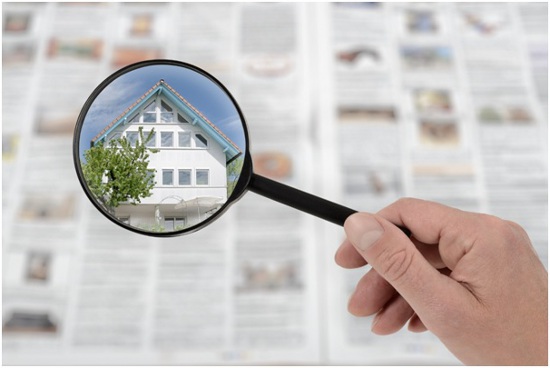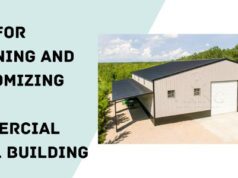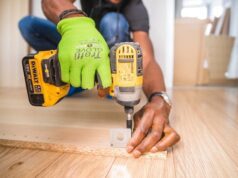Over 700,000 new homes were sold last year according to the U.S. Census Bureau, and 5.64 million existing homes were sold according to the National Association of Realtors.
No matter whether you are in the construction or renovation business, learning the basics of property development can help your bottom line.


Land acquisition, house construction, and flipping houses should be some of your main priorities when it comes to developing residential properties. But there is so much to it than these things. Read on to find out 7 key steps.
1. Define Your Goals
What is the end-game of your efforts? Are you seeking to earn a profit or create sustainable housing for the masses? Is your property development operation one for the short term or long term?
Defining your goals early on will allow you to develop a plan for property development. It will also allow you to start researching properties.
2. Research Locations
Every state has different laws when it comes to land acquisition and property development. Real estate prices also are much different in some locations versus others. Do adequate research to find your ideal location.
3. Research Zoning Laws and Other Codes
Once you have honed in on your location you need to learn all you can about local zoning laws, codes, and other ordinances. If you are renovating an existing home to flip these may not affect you as much.
However, if you plan on building houses on undeveloped land, you need to understand all potential laws that could hinder your operations.
4. Purchase Your Property
Now that you know where to look for your ideal property and understand all the legal ramifications of building there, it is time to purchase your ideal property.
You may want to purchase a property with existing structures to renovate and flip. You could also purchase raw land that is ripe for construction. Do plenty of research but if you see a good opportunity know when to jump on it.
5. Make a Property Development Plan
Now that you have your property and understand all relevant building laws, it is time to make a property development plan.
This means deciding the scope of development to be done. It includes securing a source of materials and securing a source of labor.
You will also need blueprints from an engineer and should be in touch with state inspectors as well as environmental site assessors if you plan on building.
Put all of the different parts of your plan together in a written document you can consult as your project unfolds. This will help mitigate unexpected challenges.
6. Execute Your Plan
Now that you have your property development plan you can begin construction or remodeling. Start with any needed earth movement or land engineering first. Next, build structures. Finish with landscaping touches.
For homes make sure to incorporate tasteful modern interior design whether you are building a new structure or renovating an existing one. You can learn more here about that.
7. Enjoy or Sell Your Property
Now that you have finished your property development process, you can choose what to do with it. Perhaps your newly developed property is so nice that you will choose to enjoy it yourself.
If not, find a reliable real estate agent or sell it yourself for cash. That way you can reap the rewards of your hard work and move onto the next property.
Build America’s Future
Property development is a key part of fighting the housing crisis. If done sustainably and with intelligence, it can make you a ton of money as well.
Craft your property development strategy using the 7 steps in this outline as motivation. Cut through all the misinformation on the internet by using our site as a trusted source and checking out our other content.









